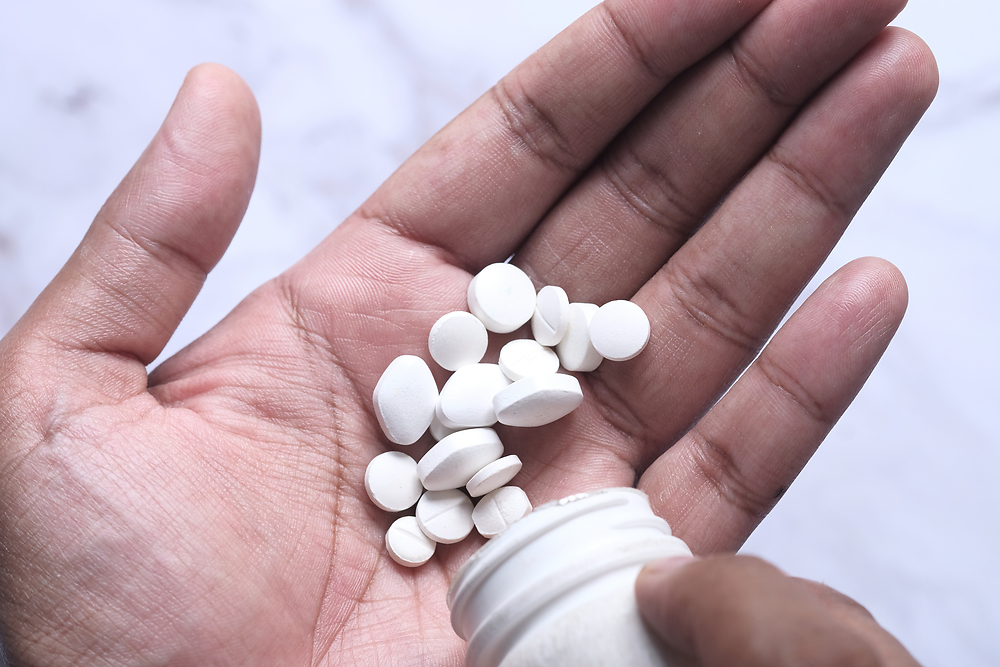February 03, 2022 | Press Release
Finland: Low Mortality in Prison, High Mortality After Release

© iStockphoto.com/towfiqu ahamed
A team of researchers including Riku Laine from the University of Helsinki and MPIDR Director Mikko Myrskylä analyzed mortality in and out of prison among people who entered substance use treatment in Finland using registry data in a 28-year follow-up.
In the first two weeks after release from prison, both all-cause and drug-related mortality were particularly high in Finland; despite the infrequent use of heroin nationally.
In the weeks and months that followed, mortality declined but remained elevated compared with a control group of individuals who were neither incarcerated nor serving community sanctions. Here, the patterns of variating mortality risk post-release were independent of educational level, drug use, and latest sentence, whether an imprisonment or a community sanction.
Mortality not reduced for people in community sanctions
“Communication should be improved between authorities responsible of inmates with substance use disorders following their release as this would probably reduce mortality,” says Riku Laine, PhD student at the University of Helsinki and lead author of the study.
During their time in prison, the mortality risk for prisoners is comparatively low. In contrast, the mortality risk of patients serving community sanctions was not reduced, regardless of supervision and support measures.
Law enforcement and substance use in Finland
In general, mortality from alcohol use disorder continues to be high in Finland. Problematic drug use was concentrated on amphetamines in the 1990s, but has now evolved to include opioids. Buprenorphine is the most commonly misused opioid in Finland and ist use is associated with a lower risk for an overdose death.
The prevalence of substance use disorders among Finnish prisoners is almost ten times higher than in the general population.
The penal system in Finland aims to prepare offenders for a life without crime and to improve their integration to the society. The sentences imposed are also short: 42 percent of prison sentences are less than three months, and the average duration is just over 11 months. Similarly, the community sanctions involve supervised unpaid work for three to four hours at a time, usually twice a week.
Register data from nearly 11,000 individuals
The researchers used data from the Register-based follow-up study on criminality, health and taxation of inpatients and outpatients entered into substance abuse treatment (RIPE) and the client data system of Criminal Sanctions Agency Finland, which included data from nearly 11,000 individuals between 1992 and 2015. Their study was published in the journal Drug and Alcohol Dependence.
“The prison system in Finland has succeeded in keeping the mortality rate of prisoners with a history of substance use treatment relatively low,” says Mikko Myrskylä, Director at the Max Planck Institute for Demographic Research (MPIDR) in Rostock, Germany, and co-author of the study. He adds: “However, very high risk of death after criminal sanctions is a clear failure of the system. Support measures for the transition are not adequate.”
Original Publication
Laine, R., Myrskylä, M, Kaskela, T., Pitkänen, T.: Imprisonment, community sanctions and mortality by cause of death among patients with substance use disorder – a 28-year follow-up using Finnish register data. Drug and Alcohol Dependence (2022) DOI: 10.1016/j.drugalcdep.2022.109327
Authors and Affiliations
Riku Laine, Centre for Social Data Science, University of Helsinki
Mikko Myrskylä, Max Planck Institute for Demographic Research, Rostock
Teemu Kaskela, A-Clinic Foundation, Helsinki
Tuuli Pitkänen, A-Clinic Foundation, Helsinki